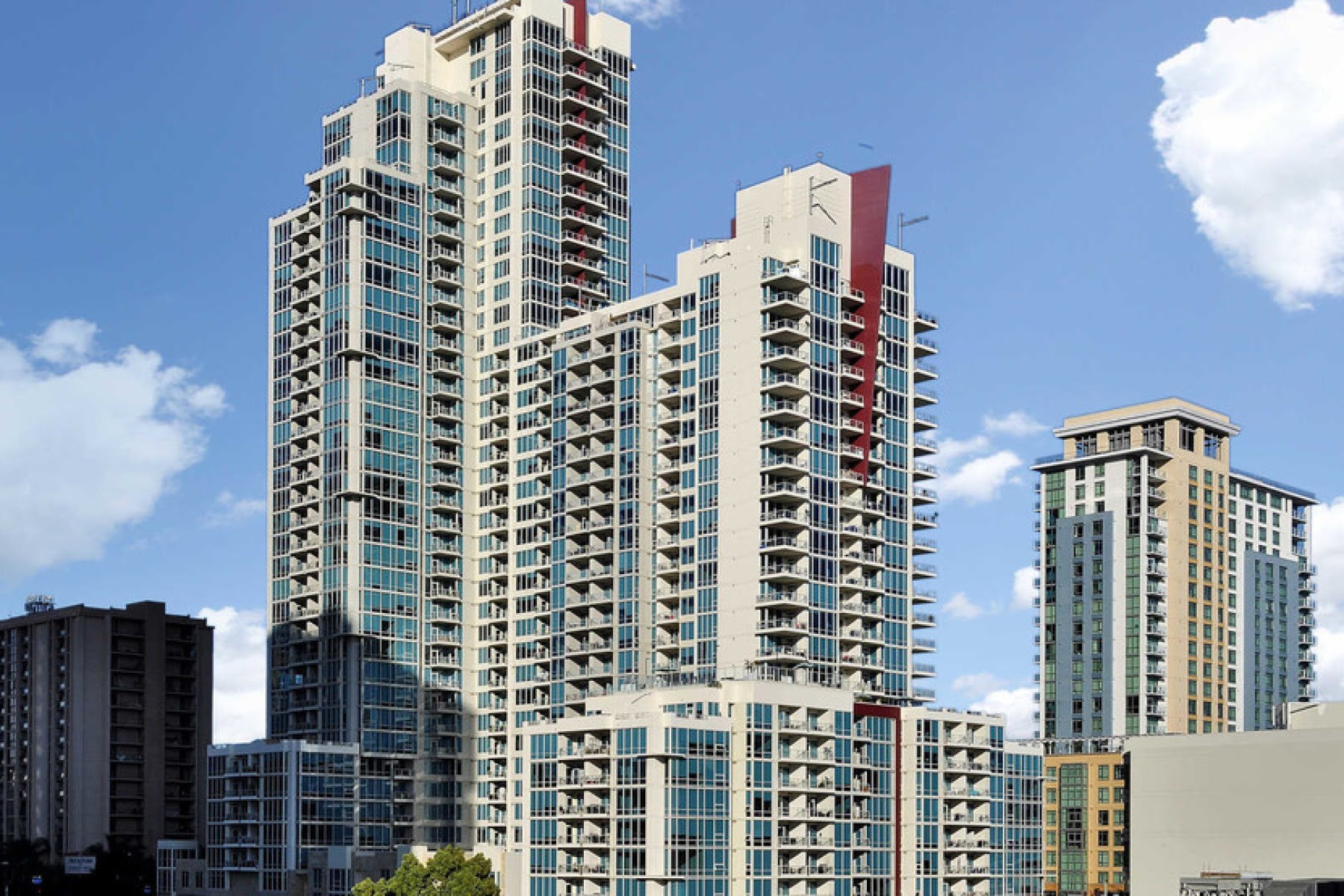Smaller Cities Surpass Bigger Counterparts on Rent Growth as Demand Increases

Apartment rental rates are climbing nationwide. Photo: CoStar
The rising rents that are making apartments less affordable in the largest U.S. cities are headed toward smaller, less expensive markets that serve as refuges for tenants seeking lower payments, industry analysts and executives say. It’s a sign even fewer cities may have housing for renters with average incomes in coming years.
Rent growth in smaller cities such as Salt Lake City is edging ahead of the increase in a major city like San Francisco, where rents are at or near peaks, according to data from Michael Cohen, vice president of advisory services at CoStar.
Big cities’ rent growth is strong, at 4% year-over-year. But in Salt Lake City, a city with a much smaller population and fewer corporate headquarters than tech-packed San Francisco, rents are managing to keep pace and even grow a bit faster, at 4.2% year-over-year, according to a presentation from researchers at the National Apartment Association.
Phoenix’s rent growth is about double that of San Francisco’s at 8.3%, the fastest rent growth in the country in the first quarter this year from a year earlier, according to NAA. It was followed by Las Vegas at 7.6% and Atlanta at 4.8%. Nationwide, the average rent has climbed 3.2% to $1,356 a month in the past year, according to CoStar.
Average monthly rents are still highest in places like San Francisco, New York City and San Jose, California, where rents have been rising quickly for years, Cohen said, but the rate of growth has slowed in those places as they reach market highs. They are shooting up in smaller markets as people move to those cities seeking lower prices or following a company that moved in search of cheaper real estate or tax breaks. San Francisco’s average rent is $3,140 a month, while Salt Lake City’s is $1,184, CoStar reports.
Developers are following those fleeing renters, Cohen said, and are beginning to build new complexes to meet demand. New complexes usually come with higher price tags, though the added supply can help mitigate average rental rate increases overall in the market.
But rent growth has also picked up steam in the lower-quality properties to which people have turned to avoid paying the premium prices charged at brand-new, luxury apartment complexes constructed in America’s urban centers.
Now, even historically cheaper types of properties are getting more expensive, according to Cohen. Rents grew 3.7% in Class C and D properties annually in the first quarter of 2019, compared with 1.8% in Class A and A-plus properties, according to CoStar.
A Building Problem
After the recession ended and recovery began, home prices in the United States began growing at a rapid clip, while wages largely stagnated and many Americans were still digging themselves out of the financial hole they were left in by the recession. That forced many into foreclosure, decimating their equity and savings that they might have used to purchase a home once the economy bounced back.
With buying a home fading as an option for many, rental units shot up in popularity, and the country’s apartment developers leaped into action. But the number of apartment units being built is not enough to meet the need.
Today, cities across the country need to find ways to clear a path for more development if they want to correct the market imbalance of supply and demand that was a major contributor to the country’s affordability crisis, according to Paula Munger, director of research at NAA.
Some of the cities with the fastest rent growth correlate with those on a list compiled by the NAA of where development is the most difficult to accomplish, based on the results of a survey the organization conducted.
In some cases, zoning and entitlement rules make it difficult to build, according to Munger, but in other cases, challenges come from forces outside city government. In Philadelphia, which was chosen as the most difficult city to build, the presence of labor unions makes construction labor expensive, creating a barrier to development, she said.
“If you want growth in your market, you have to make building housing easier,” Munger said.
